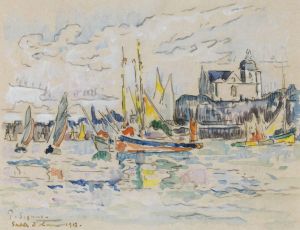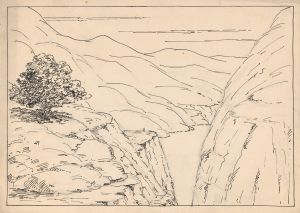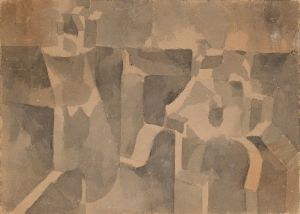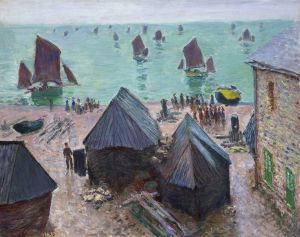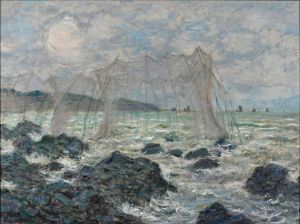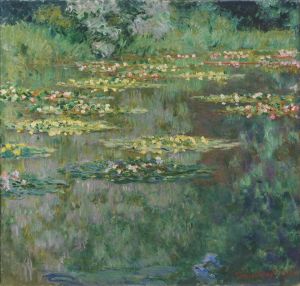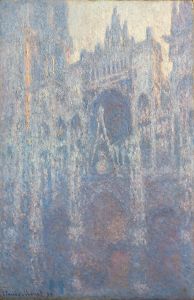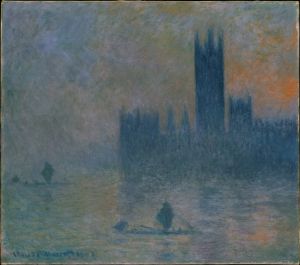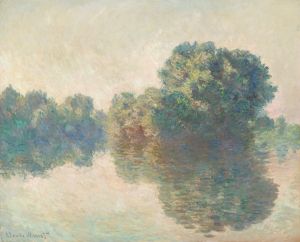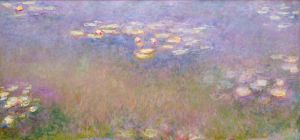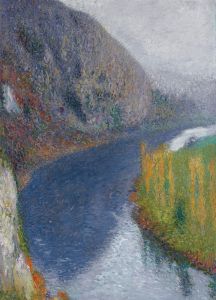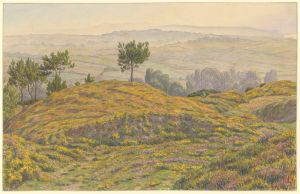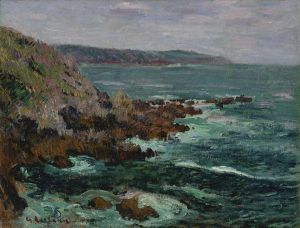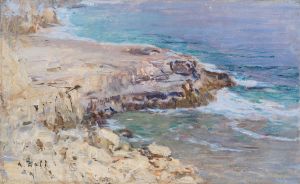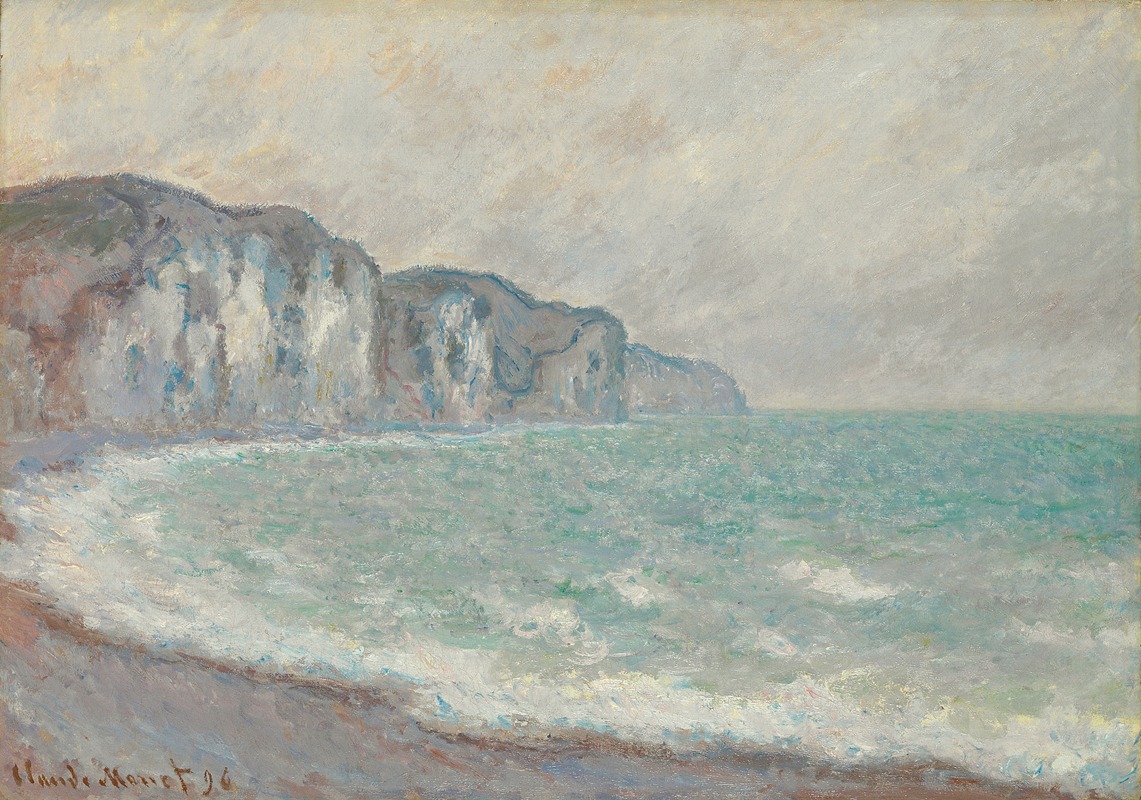
Falaise De Pourville
A hand-painted replica of Claude Monet’s masterpiece Falaise De Pourville, meticulously crafted by professional artists to capture the true essence of the original. Each piece is created with museum-quality canvas and rare mineral pigments, carefully painted by experienced artists with delicate brushstrokes and rich, layered colors to perfectly recreate the texture of the original artwork. Unlike machine-printed reproductions, this hand-painted version brings the painting to life, infused with the artist’s emotions and skill in every stroke. Whether for personal collection or home decoration, it instantly elevates the artistic atmosphere of any space.
Falaise de Pourville is an oil painting created by the French Impressionist artist Claude Monet in 1882. This artwork is part of Monet's extensive exploration of the Normandy coastline, a region that inspired many of his seascapes and landscapes. The painting depicts the cliffs of Pourville, a small village near Dieppe in northern France, where Monet spent time capturing the natural beauty of the area.
The composition features the dramatic chalk cliffs of Pourville, which rise steeply above the sea. Monet's use of light and color in this painting exemplifies the Impressionist style, emphasizing the transient effects of sunlight and atmosphere. The cliffs are rendered in soft, luminous tones of white and beige, while the surrounding landscape is painted with vibrant greens and blues. The sea below is depicted with shimmering hues, reflecting the changing light of the sky. Monet's brushwork is loose and dynamic, giving the painting a sense of movement and immediacy.
Monet visited Pourville during his travels along the Normandy coast in the early 1880s. This period was marked by his fascination with capturing the interplay of light and nature, particularly in coastal settings. The cliffs of Pourville were a recurring subject in his work, as he painted them from various angles and under different weather conditions. These paintings are considered significant examples of Monet's ability to convey the mood and atmosphere of a specific place.
The painting is notable for its harmonious balance between land, sea, and sky. Monet's technique of layering colors and using short, broken brushstrokes creates a textured surface that enhances the sense of depth and realism. The work reflects Monet's dedication to painting en plein air, a practice that allowed him to observe and record the changing effects of light and weather directly from nature.
Today, "Falaise de Pourville" is recognized as an important piece within Monet's body of work and within the broader context of Impressionist art. It is housed in the National Museum in Poznań, Poland, where it remains a highlight of the museum's collection. The painting has also been the subject of scholarly study and public admiration, contributing to Monet's enduring legacy as one of the leading figures of the Impressionist movement.





